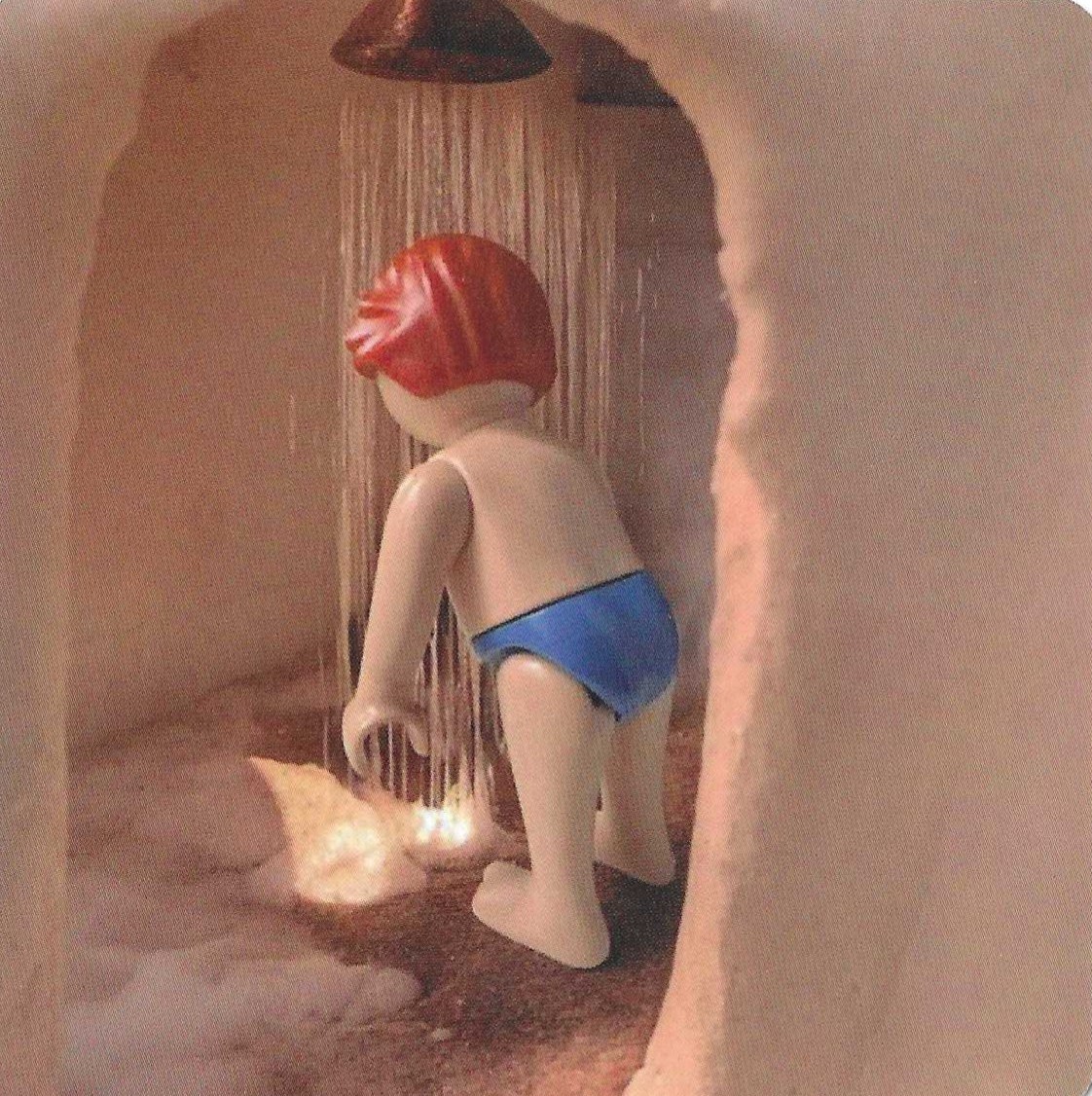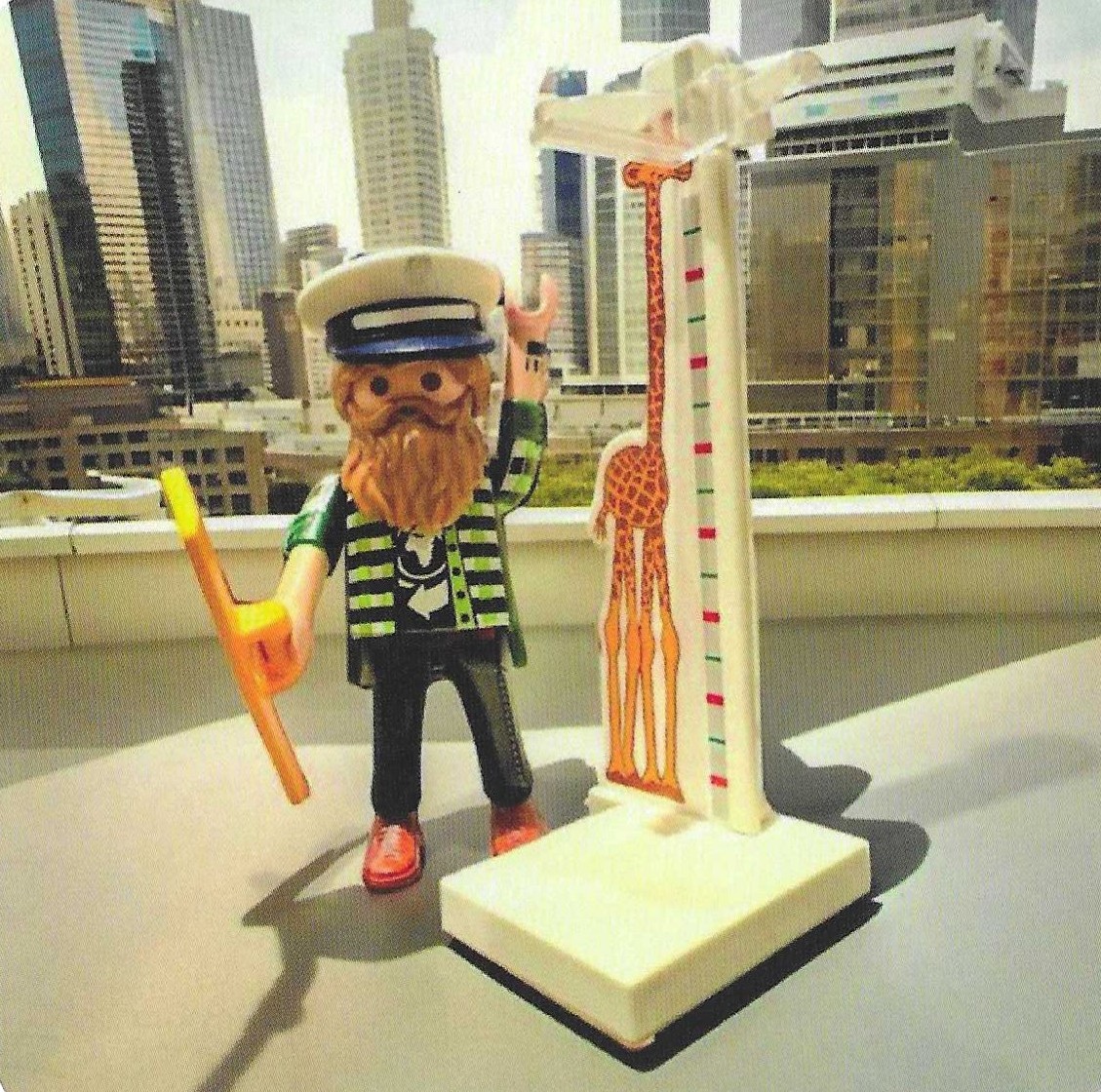Schema Therapy works with 18 different schemas. These are as follows:
Abandonment/Instability
A fundamental conviction that others will not or cannot meet one’s interpersonal needs, for example the need for support and connection.
Mistrust/Abuse
The expectation that others will harm or take advantage of one.
Emotional Deprivation
The understanding that one will not be supported adequately by others or have their expression and needs adequately understood by others.
Defectiveness/Shame
Core conviction that one is broken or faulty in an important way.
Social Isolation
That one is an outsider or doesn’t fit in with others.
Dependence/Incompetence
The belief that one is not capable of dealing with day-to-day tasks in the absence of assistance and/or guidance from another.
Vulnerability to Harm or Illness
A sense that a disaster (physical or otherwise) is imminent.
Enmeshment/Underdeveloped Self
Being involved with the emotions of others to the point where it is difficult to distinguish between one’s own emotional needs and those of another.
Failure
The conviction that one has failed or that they are going to fail.
Entitlement/Grandiosity
The fundamental sense that one is exceptional and as an extension of this be spared the rules that others must adhere to.
Insufficient Self-Control/Self-Discipline
A pervasive pattern of being impulsive, reactive and having difficulty tolerating boredom.
Subjugation
A pattern of giving over to others and the needs of others at expense to oneself in order to avoid anger, retaliation and abandonment.
Self-Sacrifice
A strong orientation to the emotional pain of others and responding with taking on responsibility for the other at one’s own expense.
Approval-Seeking/Recognition-Seeking
Chronically seeking the positive regard of others.
Negativity/Pessimism
A pervasive attitude that things will go wrong. It equates to what is often referred to as the “glass half empty” attitude.
Emotional Inhibition
Consistently “pushing down” particular feelings through fear of losing control or being shamed for expressing those feelings.
Unrelenting Standards/Hypercriticalness.
A constant striving to perform to a very high standard, if not the best possible standard in conjunction with the belief that whatever one does it is not good enough.
Punitiveness
The belief that severe punishment should be metered out when certain standards are not met. The belief that oneself should be punished or others should be punished.
At the commencement of Schema Therapy clients are asked to complete the Young Schema Questionnaire-Revised to help identify the schemas that may be applicable to them. Christina discusses the client’s responses to the questionnaire with the client and collaboratively they arrive at determining the likely schemas that are relevant to the client.
“EMSs [early maladaptive schemas] are core emotional beliefs that, along with biology and temperament, were formed when early emotional needs were not adequately met. Schemas function like personality traits, which contain a person’s core beliefs and messages about self, others, and predictions for the future. They may remain dormant for periods of time and become activated under certain conditions that feel reminiscent of painful early life experiences. They can include the activation of distressful feelings, sensations, and biased beliefs, which occur automatically and remain rigidly embedded in the client’s sense of what’s real.” Behary et al Deliberate Practice in Schema Therapy (2023).
Generally, in schema therapy sessions it is not individual schemas that are referred to, but modes. We think of schemas as granulated components that configure around modes. In schema therapy we work with three types of modes:
Child Modes:
Vulnerable child
Angry child
Impulsive child
Critic Modes:
Demanding critic
Guilt inducing critic
Punitive critic
Coping Modes:
Surrendering coping modes.
Avoidant coping modes.
Inverting coping modes.
Schema therapy is an intervention used when there has been a significant deficit in the meeting of one or a number of the core emotional needs (attachment, expression, autonomy, limits and spontaneity). When there is such a deficit, chid modes develop that cause us problems in adult life. This is because the formative history of the child or teen is such that an optimal development through childhood and/or the teen years does not occur. The client is stuck in some sort of way along the developmental process.
Example of a vulnerable child mode:
Kirsty is very proficient in her profession. She is Veterinarian in a large practice and works alongside a number of other Veterinarians. The clients like her and she is recognized as one of the preferred Vets in the clinic. However, sometimes Kirsty interprets her colleagues as being critical of her work. When this happens, Kirsty has intense feelings of humiliation, shame and incompetence. These feelings are so strong that Kirsty feels overwhelmed and is unable to concentrate on her job for the rest of the day.
In her early years Kirsty was raised in a family with her mother and father and older sister. Kirsty’s mother would openly shame Kirsty when she could not fulfill tasks to the satisfaction of her mother or when Kirsty struggled in some sort of way. Her mother would make direct comparisons between Kirsty and her older sister such that Kirsty’s older sister was upheld as competent and capable, Kirsty on the other hand was told off for being “stupid” “an embarrassment” “too demanding” and “a disappointment”.
As a little child, Kirsty felt that there was something wrong or broken about her, why else would her mother say the things that she did? And, besides, her older sister didn’t disappoint her mother.
Little children are fundamentally dependent upon their primary carers. Little children have an implicit understanding of this. They need to uphold a representation of their primary carers as capable, “good” and meter out fairness. In order for little children like Kirsty to maintain confidence that their primary carers are “good” and “fair”, when being abused by a primary carer they will frame themselves as the problem or the cause to justify the behaviour of the primary carer.
The child psychotherapist, Melanie Klein, said that the little baby comes into the world giving out love and seeking to connect in love. Anyone who has been the parent to a newborn child will have experienced the strong compulsion of a newborn to connect with the primary carer through gaze and feeding. This is a fundamentlal illustration of the vulnerability of a child:

For this reason, when little Kirsty’s mother is abusive toward her she believes that her mother is behaving in this way because Kirsty deserves it. She internalizes being “stupid”, “an embarrassment”, “too demanding” and “a disappointment”. The internalizations (or introjections) gave rise to shame, a sense of being broken and being unlovable. This is in essence Kirsty’s vulnerable child mode: Little Kirsty. This mode stays with Kirsty into adulthood and certain interactions at work trigger the emergence of Little Kirsty such that Adult Kirsty feels consumed with all that Little Kirsty felt.
Unlovable, ashamed child mode:

Example of a critic mode
Matthew is a Family Lawyer and he has established his own Family Law Firm. He wanted the challenge of having his own legal business, however a year or so after opening he is struggling with burnout. In addition, he has been having on-going difficulty with lower back pain. His Physiotherapist has said that it is important for him to do daily exercises in order for his back to recover, however with the demands of the firm Matthew cannot find the time to dedicate to his exercises.
Matthew is troubled by this inner voice that keeps pushing him to work. The inner voice criticizes him for being “lazy” if he does anything apart from work. That same voice will also urge him to keep going, even when he is tired or his back is in pain with comments like “No pain, no gain” and “If you work hard enough you will reap the rewards.”
Matthew’s father served in the Army during Matthew’s formative years. His father fulfilled the stereotype of “Seargent Major” at work and at home. He was focused on Mathew “making something of his life”. He conveyed to Matthew that hard work paid off and if Matthew did not perform to a certain standard at school or in sports it was because Matthew wasn’t applying himself.
It is often the situation that children with a significant person in their lives who is very demanding will internalize the voice of that demanding critic. That person may be a parent, grandparent, coach, mentor of some sort, teacher or some other significant person. So, long after childhood or the teenage years are over the voice of that significant person reverberates on as an inner demanding critic.
Matthew’s inner critic, the voice that won’t let him rest and that keeps driving him is an internalization of his father’s voice.
Demanding critic mode:

Example of a coping mode
As a little child, Matthew (from above) was fearful that if he did not achieve at school and in sports according to his father’s standards his father would reject him or not love him. In fact, Matthew’s father was away from the family for significant periods of time due to work, however when Matthew did achieve success his father would let him know how proud he was of him.
Little Matthew felt vulnerable that he would be rejected or abandoned by his father if he did not succeed in school and sports. Hence, there is a vulnerable child mode for Matthew and he believed that he could cope with this vulnerability by ensuring that he did his all to achieve and be the best of the best. The internalized demanding critic drove Matthew forward to exercise control over his situation by striving for perfection and imposing unrelenting standards on himself. This the overcontrolling coping mode. It is an inversion coping mode in that it copes with little Matthew’s vulnerability by striving to attain exceptional outcomes, it responds to vulnerability and fear by turning the response upside down, instead of remaining in fear, Matthew’s coping mode meets the fear heroic “alpha male” efforts.
Perfectionistic, unrelenting standards mode:

The above images are from a deck of mode cards made by my collegeaue Aline Danies. She has sets of schema and mode cards that can be purchased from her website: www.alinedaniels.com
